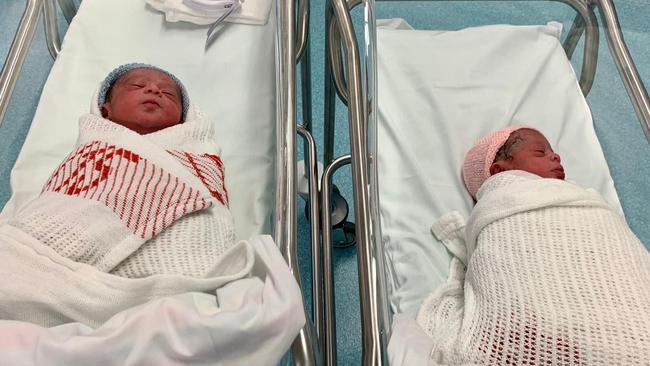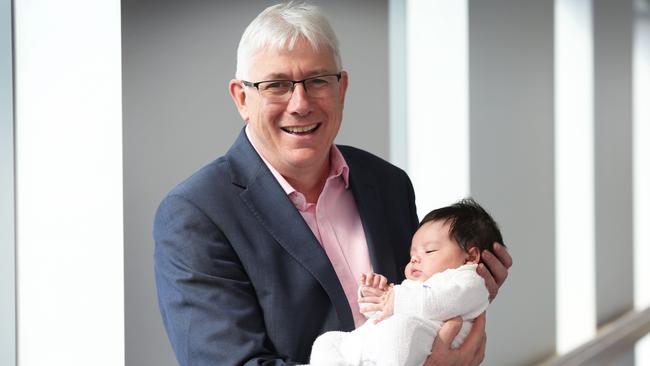Premature births in twin pregnancies: Kolling Institute findings
Sydney researchers have told of their concern over a sharp rise in the number of premature twin births – warning it could lead to significant setbacks in later life.
North Shore
Don't miss out on the headlines from North Shore. Followed categories will be added to My News.
A sharp rise in the number of premature twin births in NSW has prompted a warning from medical experts over the long term impacts on a child’s development and educational ability.
Fears of stillbirths and obstetricians choosing to deliver early are among factors attributed to new figures showing 49 per cent of the 14,000 twin pregnancies in the state were delivered prematurely before 37 weeks from 2003 to 2014.
The analysis, conducted by researchers at the Kolling Institute, also showed 69 per cent of twin births were delivered by pre-labour caesarean or induced labour over the 10 year period.

Lead researcher and Kolling Institute Director of Women and Babies Research Dr Jonathan Morris said factors influencing the decision to bring forward twin births included the long-held medical perception it was safer for babies to be born early.
“Twins are being born earlier and earlier and in the 10 year period we looked at almost half of pregnancies in twins were preterm compared to one in 20 for single pregnancies,” he said.
“Births are often brought forward to reduce risks or concerns about the growth and size of twins or that they may be at risk of stillbirth. But in the period we examined there hasn’t been a correlating reduction in stillbirths so you have to question the justifications for that.”

The research found babies born early were more likely to need help with their breathing, be admitted to a neonatal intensive care unit, have jaundice, spend longer in hospital and be readmitted to hospital in the first years of life.
The impacts can also extend long after a birth, influencing a child’s education and cognitive development as they progress into adulthood, research has found.
“Twins in general are more likely to be identified as not meeting the national minimum standard in NAPLAN and one of the main contributors is the gestational age they’re born,” Mr Morris said.
“For every week a pregnancy progresses you reduce the rate of educational impairment by 5 per cent – it’s a significant difference.

“At times we’re being far too aggressive in respect to our decision making – planned early births are necessary in some cases but what we’re recognising now is there are far more advantages to being born as close to the due date as possible.”
Lobaba Idris, whose twin son and daughter were born via planned caesarean at Royal North Shore Hospital in January, is an advocate of prolonging a pregnancy.
Ms Idris has an auto-immune condition that had to be carefully monitored but tried to wait until she was 37 weeks pregnant before giving birth.
“I had a stillbirth with a previous pregnancy at 21 weeks – this time every extra day and week I was pregnant was a huge relief,” she said.
“I gave birth at 36 weeks and four days which is still considered premature, but compared to other twin pregnancies is quite good,” she said.
“Waiting as long as we did I think helped (and) this way the babies didn’t need any extra special care and could come home with me.”

The findings of research are expected to inform new national recommendations and clinical guidelines for twin pregnancies.
The Kolling Institute is also partnering with North Foundation to raise funds towards the development twin pregnancy growth charts to ensure twins are correctly monitored and avoid scenarios where single-pregnancy charts are used to plot growth for twins.
“Twins are known to be smaller (than single pregnancy babies) and by using singleton charts we’re often over-diagnosing sub-optimal growth,” Mr Morris said.
“By using dedicated charts we’ll have a far better insight into what is normal and it will make it easier to identify twins who are at risk of complications.”
About 2000 to 2500 twins are born in NSW every year – equating to about 2 to 3 per cent of all births in the state.




